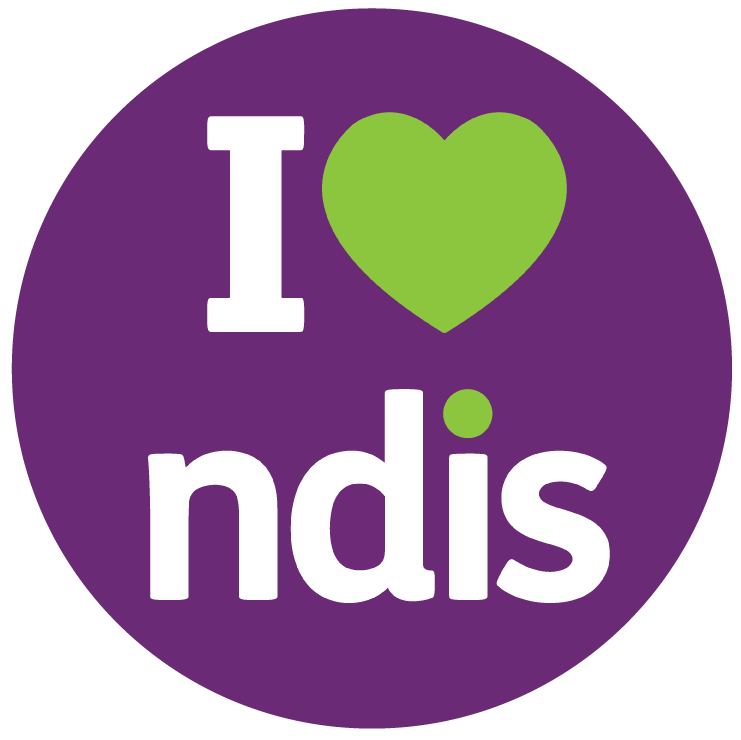Starting with the National Disability Insurance Scheme (NDIS) can feel overwhelming. Many new participants ask the same question: how do I claim NDIS payment without making mistakes? The process is not as complicated as it first appears. Once you understand the system, submitting claims becomes a routine task that helps you get the most out of your supports.
This guide is designed for beginners. It explains what NDIS payments are, who can claim them, the different claim methods, and step-by-step instructions. You will also find tips, examples, and answers to common questions.
What Are NDIS Payments?
The NDIS provides funding to people living with disability so they can access services and supports. Instead of handing out cash, the scheme allocates funding into a personal plan that is linked to specific categories. Participants then use this ndis funding to pay for the supports they need.
Payments are not automatic. You or someone else acting on your behalf must claim them. The process ensures that funds are spent correctly and that records are kept for future reference.
Who Can Claim NDIS Payments?
Not everyone can submit claims. It depends on how the plan is managed:
Self-managed participants can claim directly through the NDIS portal.
Plan managers claim on behalf of participants after receiving invoices.
NDIA-managed providers claim payments directly from the system when they deliver services.
Nominees, carers, or guardians can also handle claims if they are officially approved.
This flexibility makes it easier for participants to choose the level of involvement they are comfortable with.
The Three Main Claim Methods
1. Self-Managed
Self-management offers the most independence. You can choose both registered and unregistered providers. After receiving an invoice, you log into the portal, enter the details, and submit the claim. The money is then reimbursed to your bank account.
Advantages:
Full choice of providers.
Freedom to negotiate prices.
Direct control of your budget.
Challenges:
Requires strong record-keeping.
You are responsible for ensuring claims meet NDIS rules.
2. Plan-Managed
A plan manager is a professional who takes care of all payment and claim tasks for you. You send them invoices, and they submit claims through the NDIS portal.
Advantages:
You don’t have to manage the admin.
Flexibility to use registered or unregistered providers.
Professional oversight of spending.
Challenges:
Less direct involvement in the process.
You may need to wait for your plan manager to process invoices.
3. NDIA-Managed (Agency-Managed)
When the NDIA manages your plan, you can only use NDIS-registered providers. These providers claim directly through the system after delivering services.
Advantages:
No need to handle invoices yourself.
Simple and automatic process.
Challenges:
Limited provider choice.
Less flexibility compared to other options.
Step-by-Step Guide to Making a Claim
Step 1: Collect the Invoice
Ask your service provider for an invoice that includes their details, the date, the type of service, and the cost.
Step 2: Log in to the Portal
Access the NDIS participant portal through your myGov account. Make sure your login details are secure.
Step 3: Enter Claim Details
Fill in the required information such as support category, service code, date, and amount. Double-check before moving forward.
Step 4: Submit the Claim
Click submit and wait for the system to process the request.
Step 5: Payment Released
Self-managed: Money is reimbursed to your account.
Plan-managed: Payment goes to your plan manager.
NDIA-managed: Provider receives payment directly.
Common Mistakes to Avoid
Submitting invoices with missing details.
Forgetting to keep copies of receipts.
Using unregistered providers under NDIA-managed plans.
Delaying claims until they pile up.
Entering incorrect amounts or support codes.
Avoiding these mistakes saves time and prevents claim rejections.
Helpful Tips for Beginners
Stay organised: Keep a folder for all invoices.
Track your budget: Use spreadsheets or mobile apps to monitor spending.
Ask for clear invoices: Make sure they list the correct NDIS codes.
Set reminders: Claim payments soon after receiving services.
Seek support: If unsure, ask your plan manager or contact the NDIS.
Real-Life Example
Imagine Sarah, who is self-managing her NDIS plan. She attends weekly speech therapy sessions. After each appointment, her therapist sends her an invoice. Sarah logs into the NDIS portal, enters the invoice details, and submits a claim. Within a few days, the money is reimbursed to her account, and she pays her therapist.
By staying on top of invoices each week, Sarah avoids backlogs and keeps her budget under control.
Why Good Claim Management Matters
Submitting claims correctly benefits participants in several ways:
Financial security: Ensures funds are used properly.
Flexibility: Lets you adjust supports when needed.
Peace of mind: Reduces stress about paperwork.
Confidence: Helps you feel more in control of your NDIS plan.
Conclusion
Knowing how do I claim NDIS payment is an important part of managing your supports successfully. By understanding the process, using the right tools, and staying organised, you can ensure your funding is used effectively and without unnecessary stress.
Axial Plan Management is here to help participants every step of the way, from claiming payments to managing budgets. To learn more about our team and services, visit the About Us page. When you are ready to get personalised support, reach out through the Contact Us page and let us guide you through your NDIS journey with confidence.
FAQs
1. How long does an NDIS claim take to process?
Most claims are processed within a few days, but times may vary depending on the method.
2. Do I always need receipts to claim?
Yes, receipts or invoices are essential proof for all NDIS claims.
3. Can I use unregistered providers?
Yes, if your plan is self-managed or plan-managed. NDIA-managed plans require registered providers.
4. What happens if my claim is rejected?
You’ll be told why it was rejected. Fix the error and resubmit.
5. Can family members submit claims for me?
Yes, if they are approved nominees or guardians.


